The series production version of the Pal-V Liberty, the world’s first production flying car, has been displayed at this year's Geneva motor show in its limited-edition Pioneer launch spec.
Dutch manufacturer Pal-V claims the Liberty is fully compliant with existing regulations and says it represents a “pivotal time in aviation and mobility history”.
The Pioneer Edition of the Liberty will be limited to 90 units, and features an extra carbon bodywork package and two-tone colour scheme.
Pal-V Liberty: Colin Goodwin explores a flying car

The Pioneer Edition is priced from €499,000 (around £445,500) before taxes. This price includes power heating, personalisation options and some flight instruction sessions.
Only 90 examples will be sold, with around half of them headed to Europe. After their delivery, PAL-V will start delivery of the Sport model, which is priced from €299,000 (around £254,000) before taxes. The regular machine was previously displayed at the 2018 Geneva show.
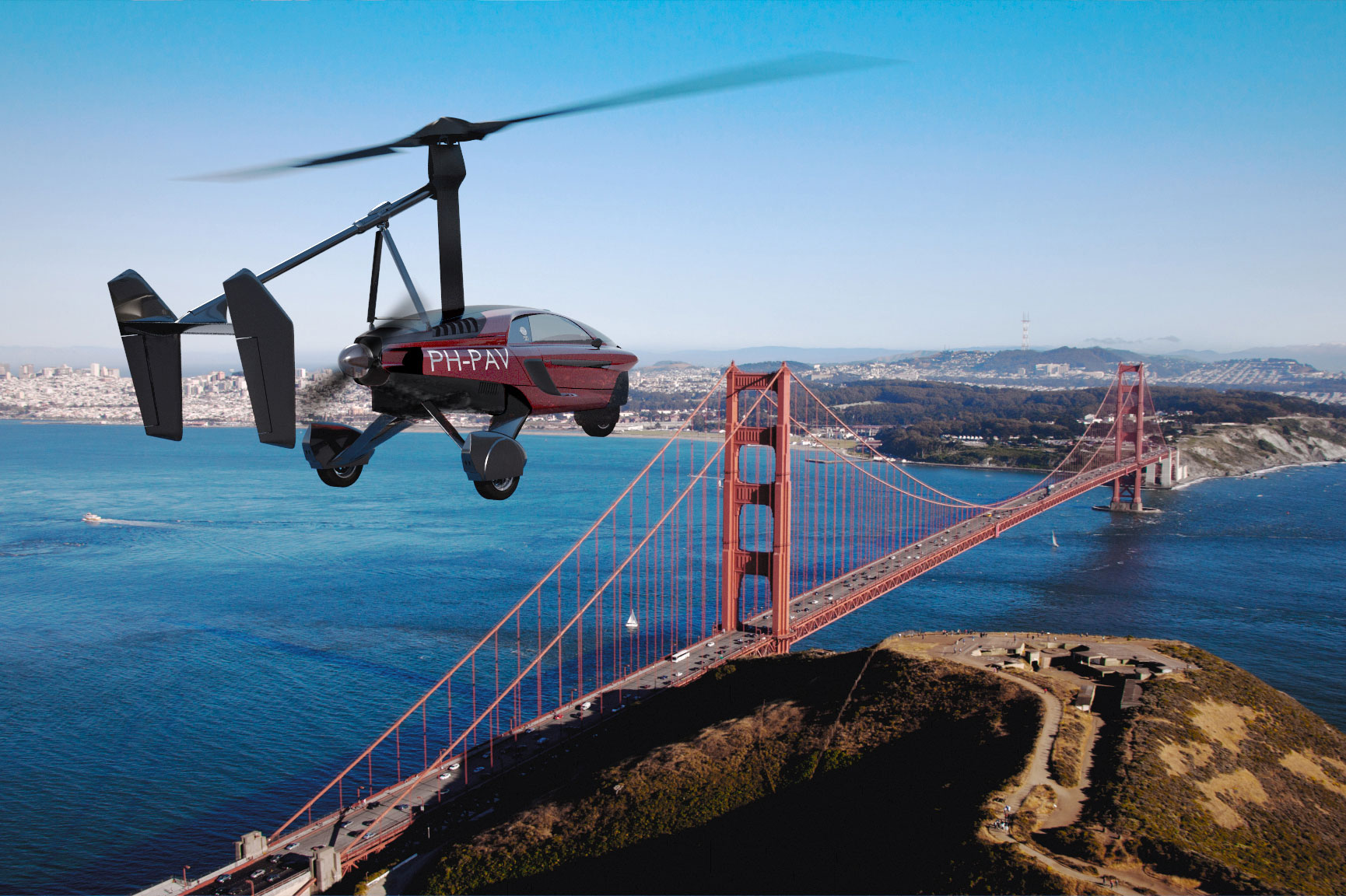

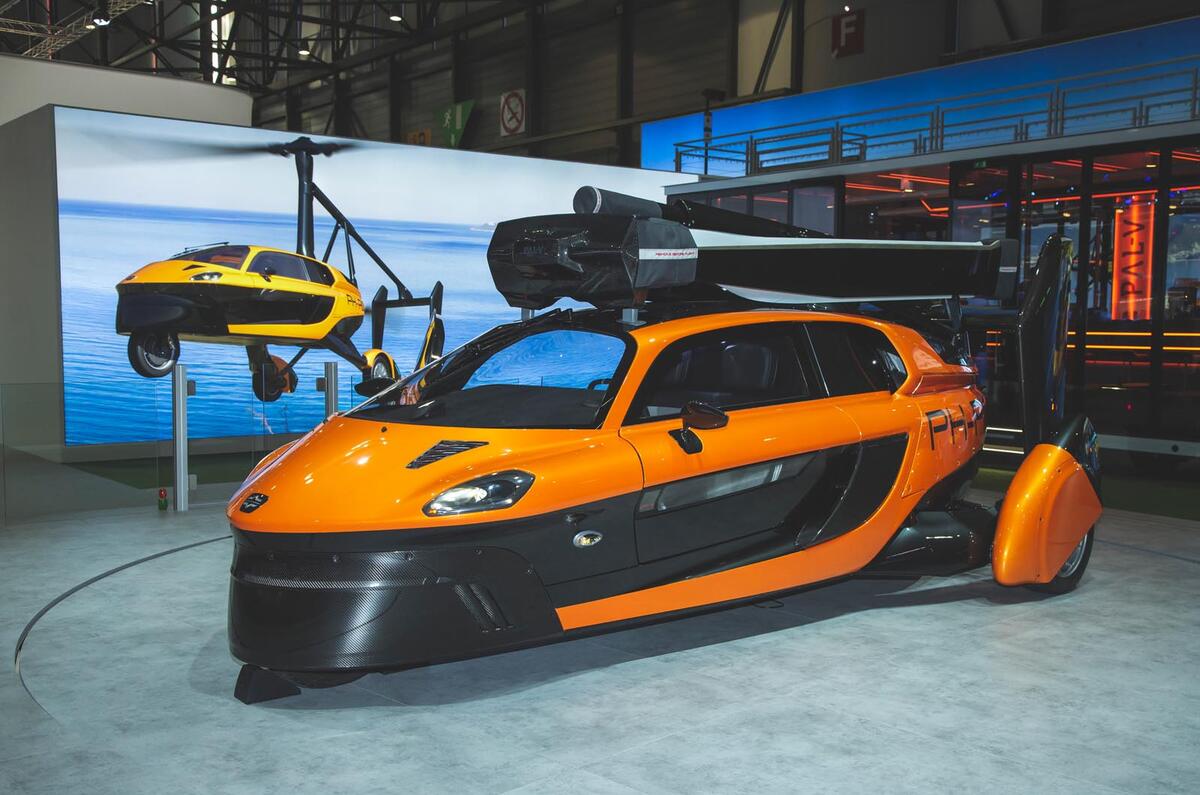
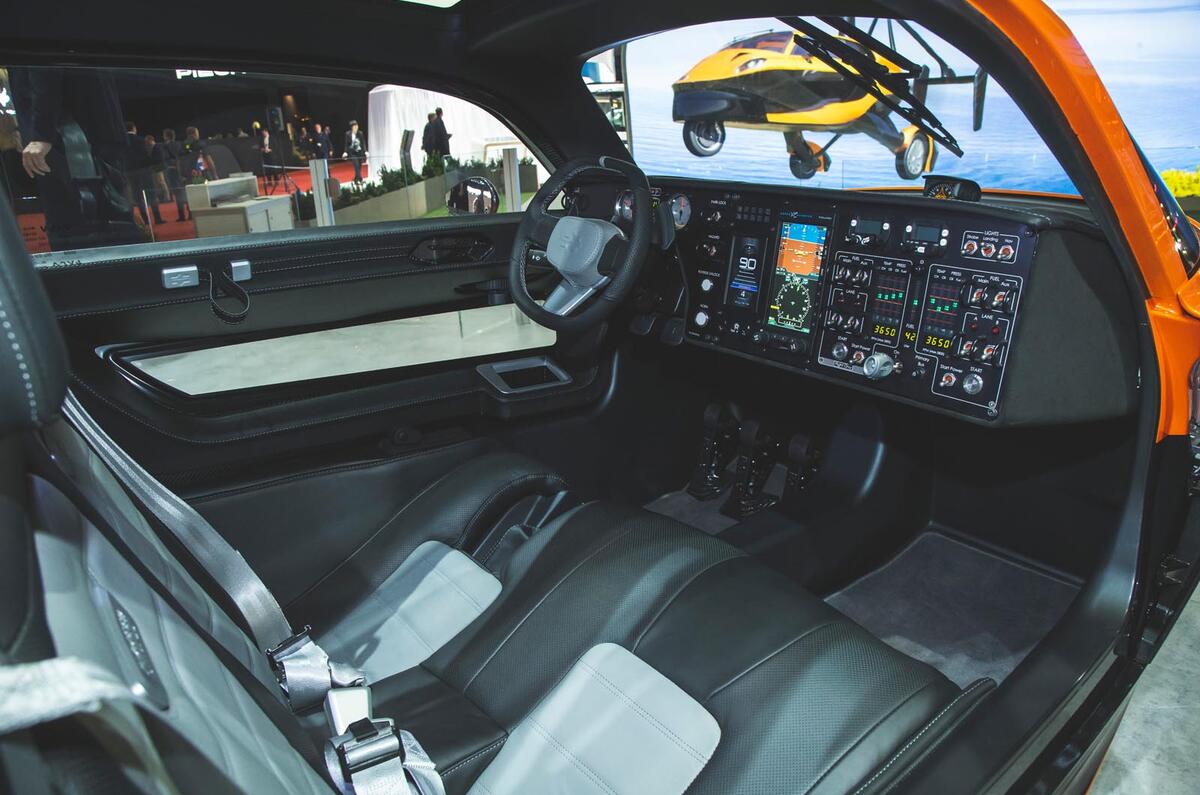


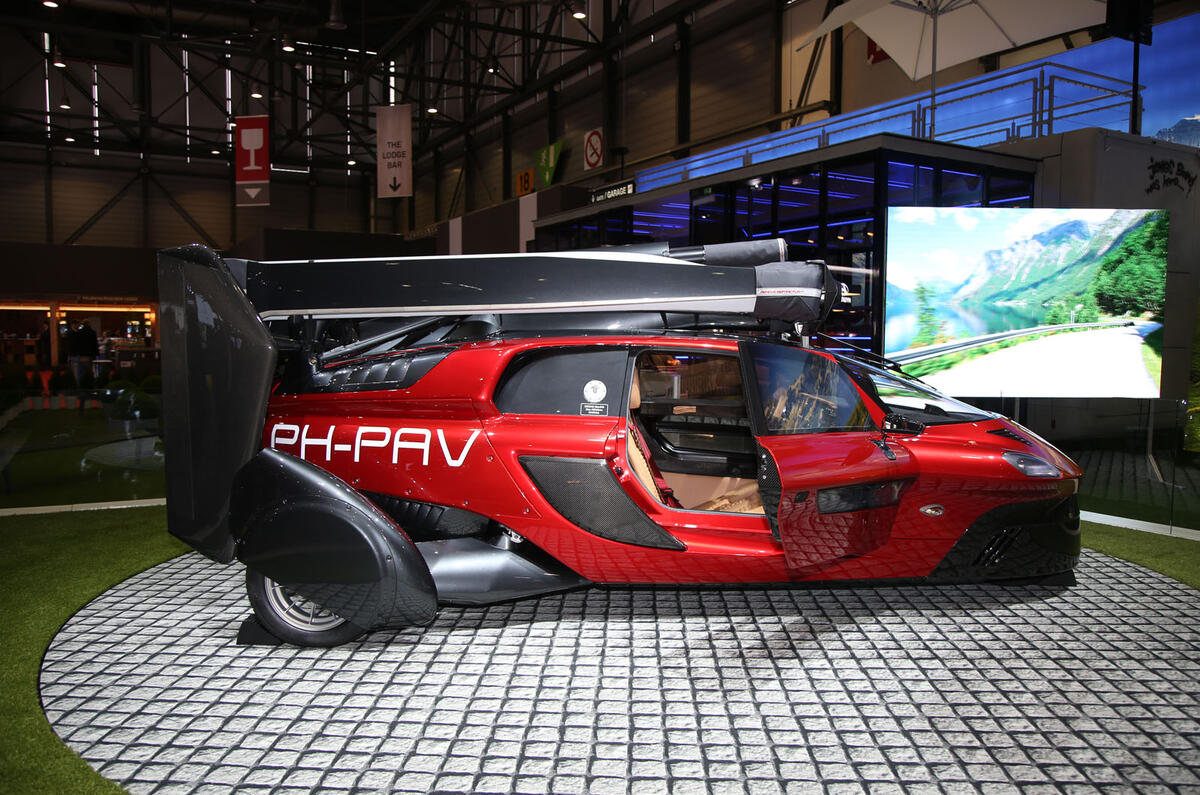
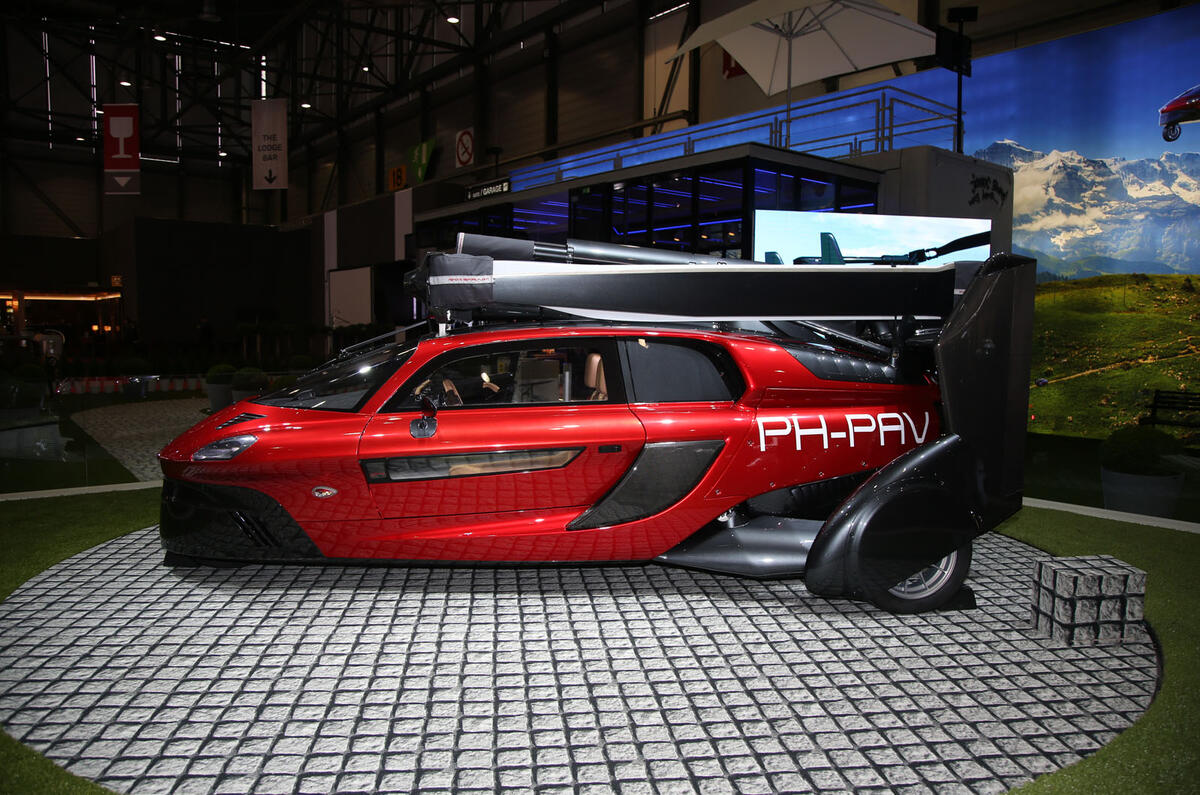

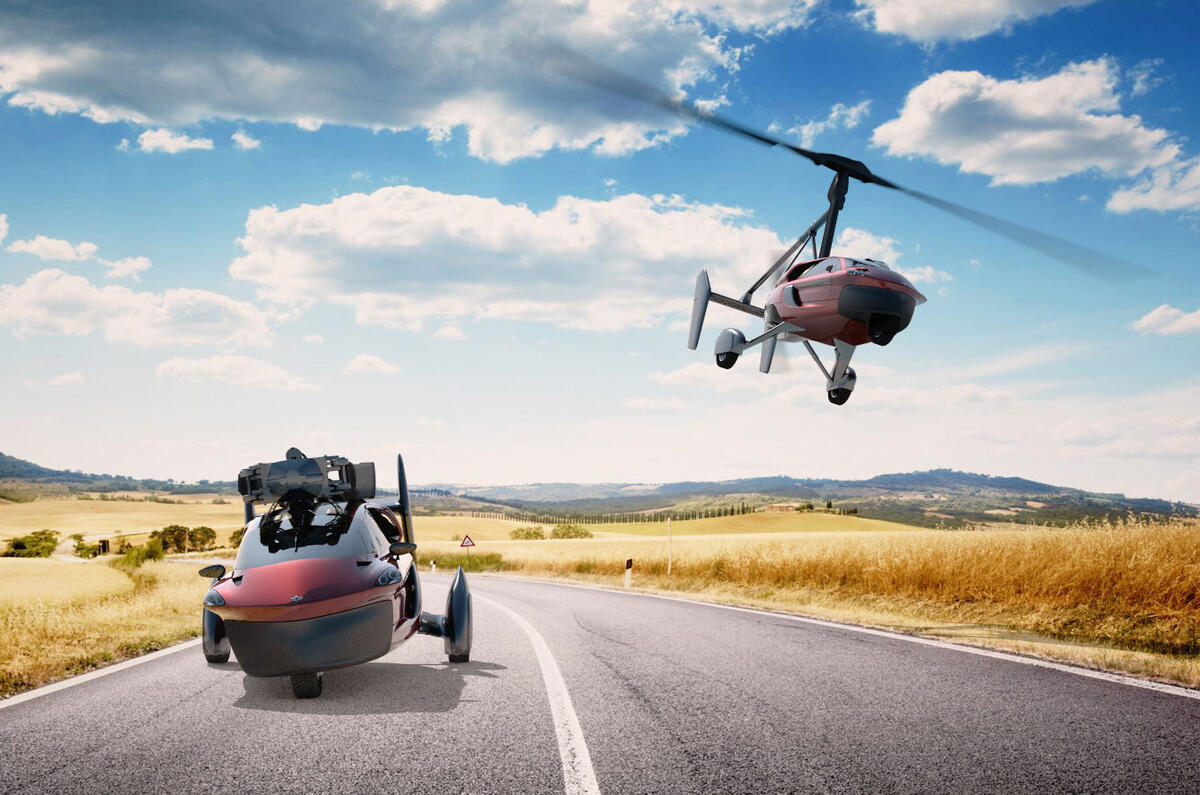

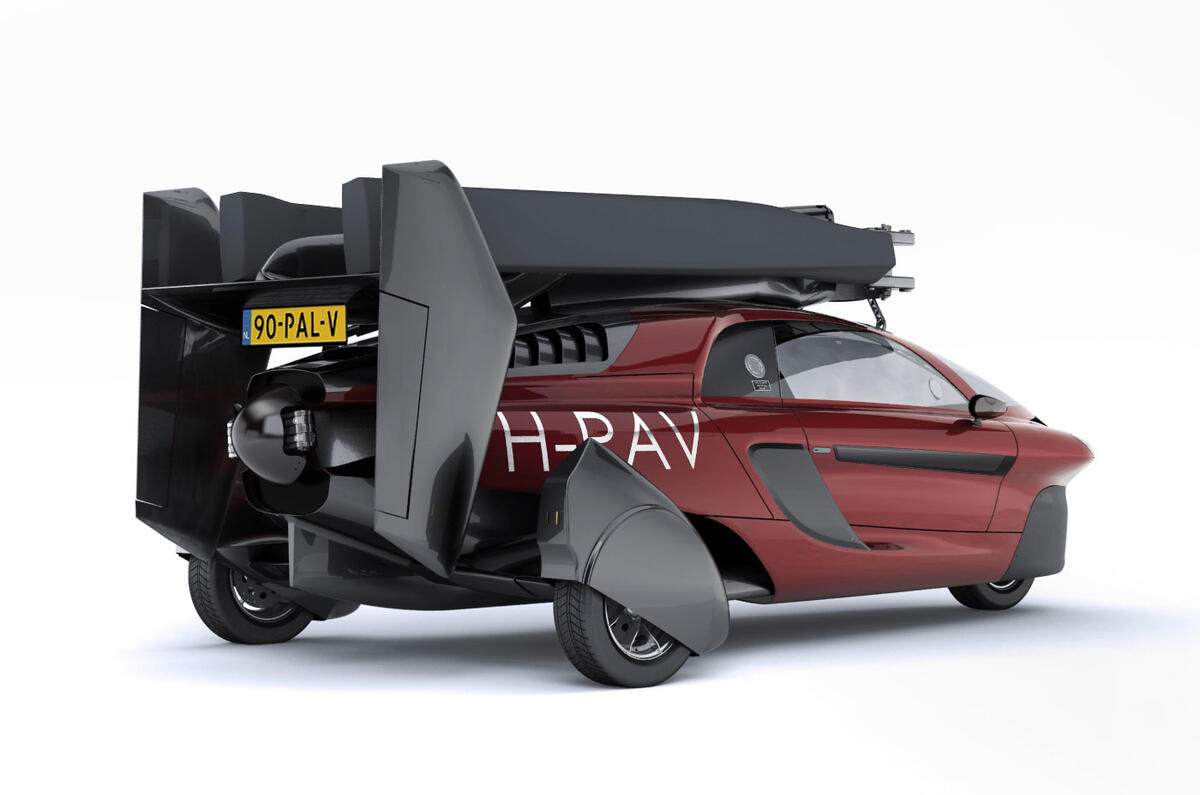
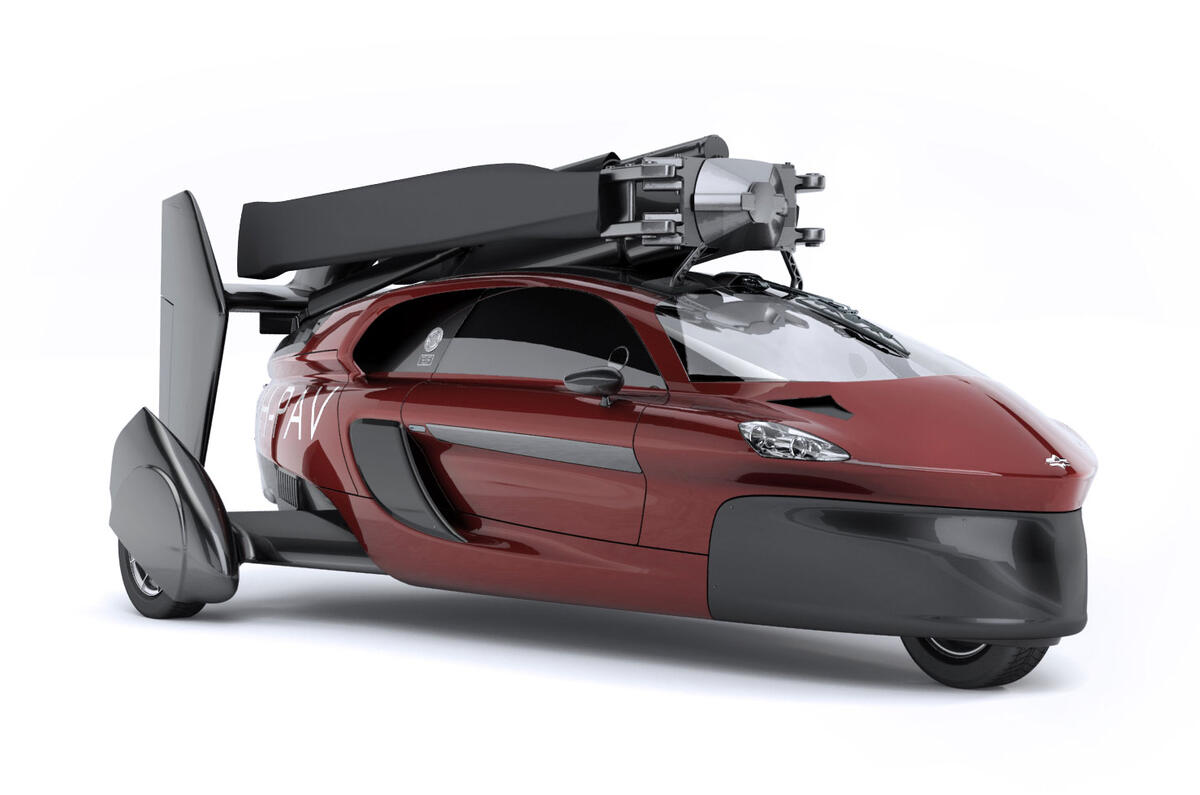
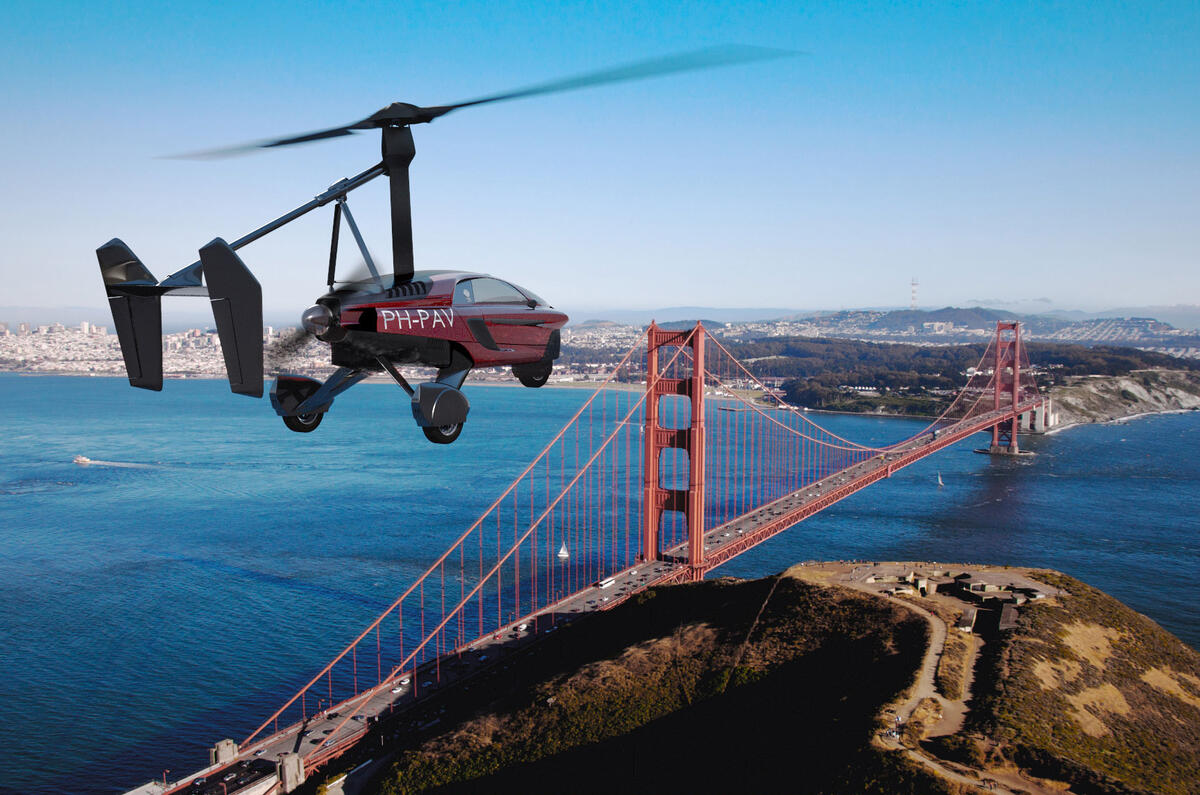
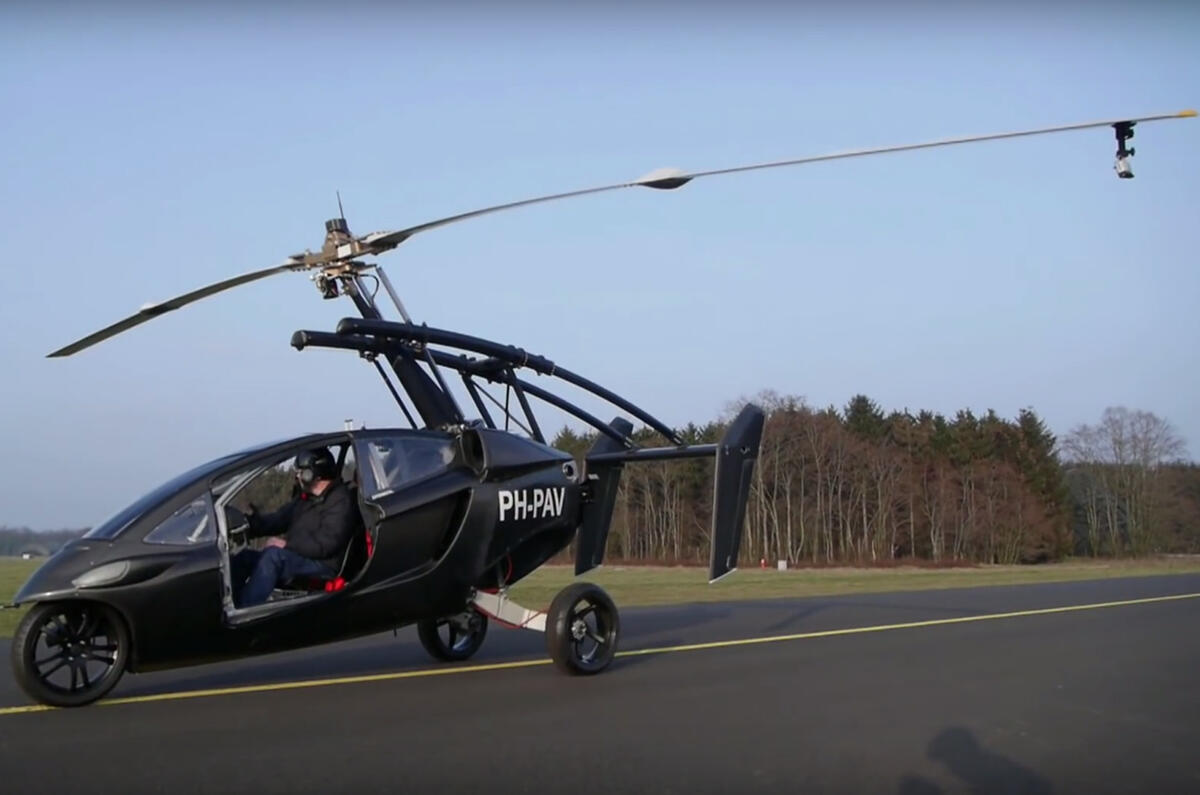
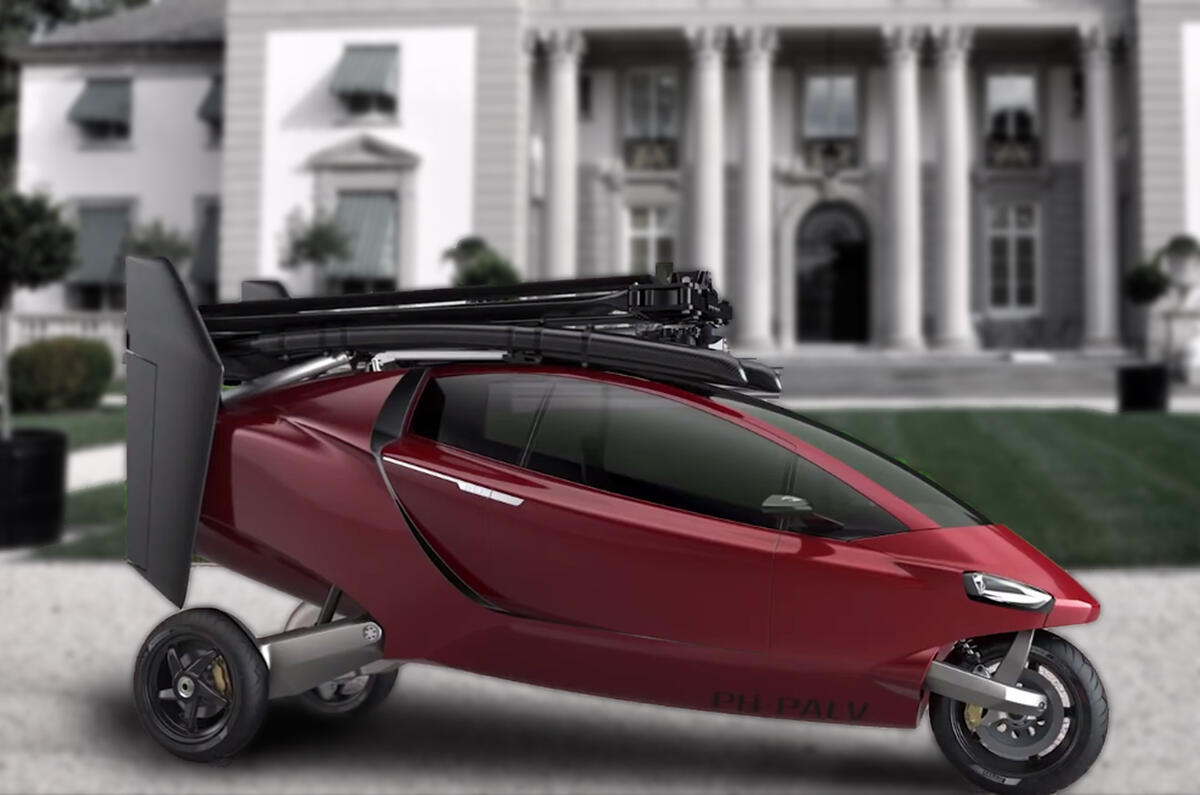
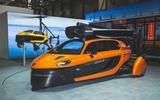
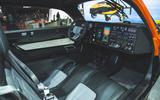
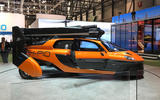
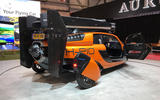

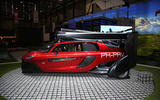

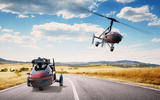
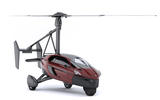
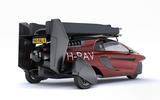
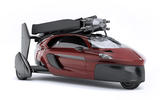
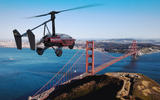
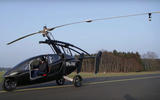
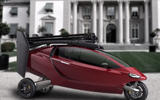

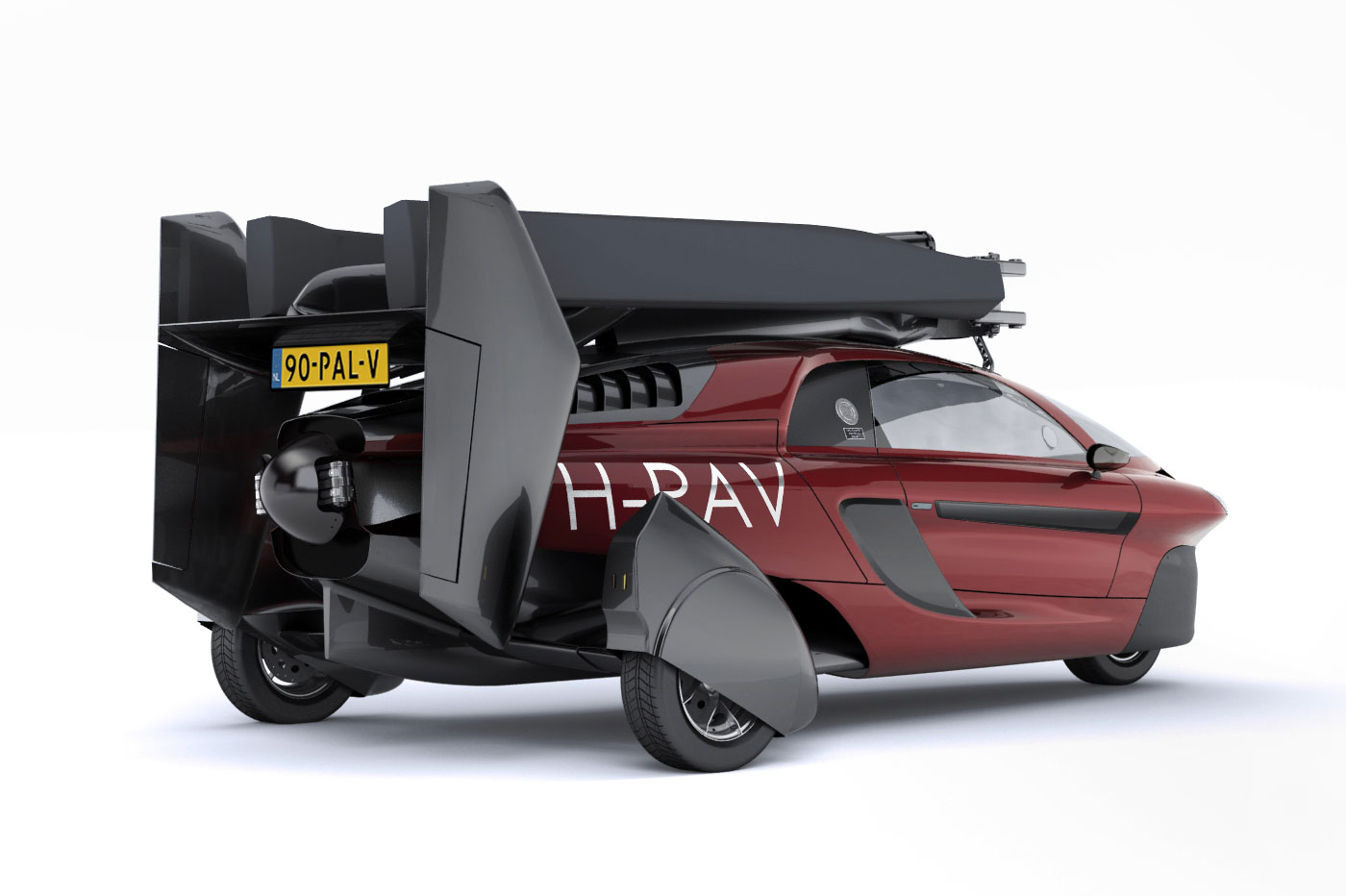





Join the debate
Add your comment
Hmmmm.......
Limited range, noisy, no luxury’s inside, you’ll need Flying lessons, oh, and somewhere to take off from, no , not a viable transport, now, if it could take off vertically then convert to fixed wing, then it might be viable as City Transport, no, this is just a Toy......
I can see Dietrich
I can see Dietrich whathisname, the Red Bull guy, buying one for his collection, because that's all it is, a billionaire's toy, like his submarine.
An answer.....
To a problem and a demand that doesn’t exist. Bizzare business to set up, needed an independent person or group just to stop them and say NO before development started. Shame as I’m sure the engineering is great.